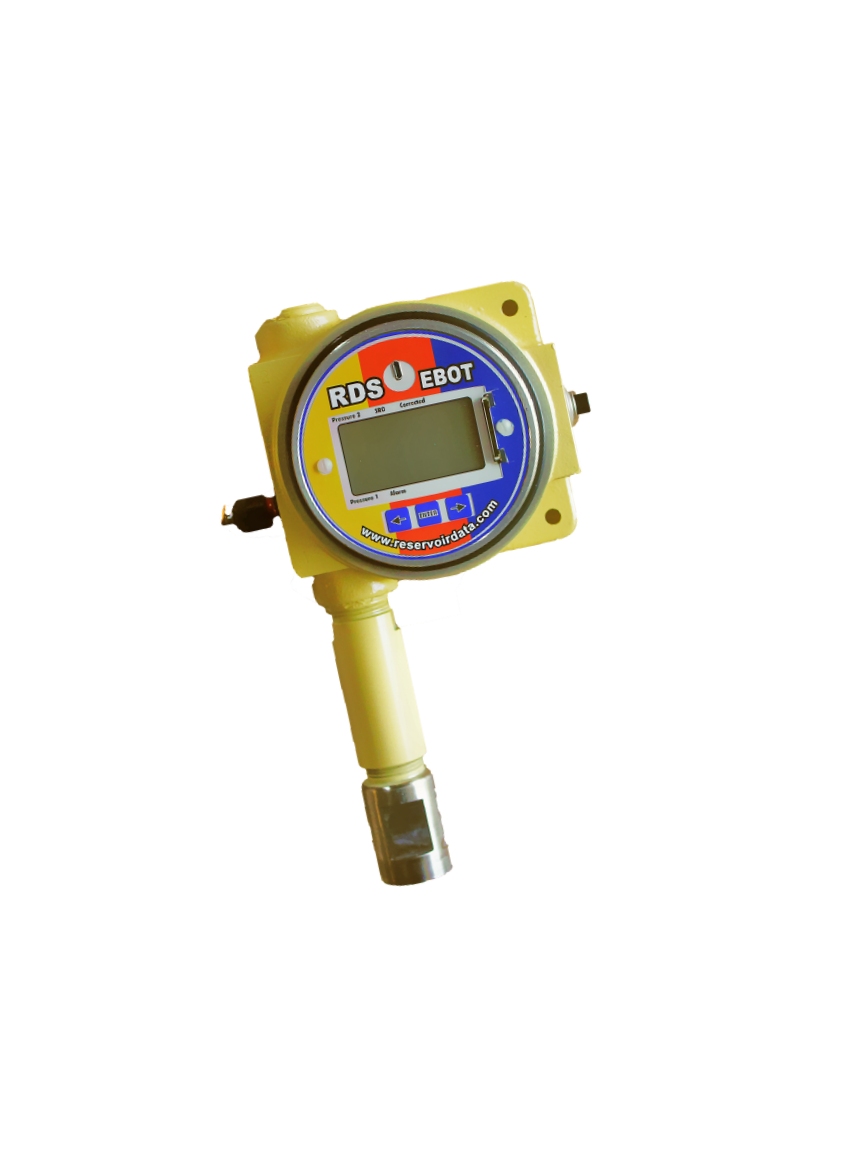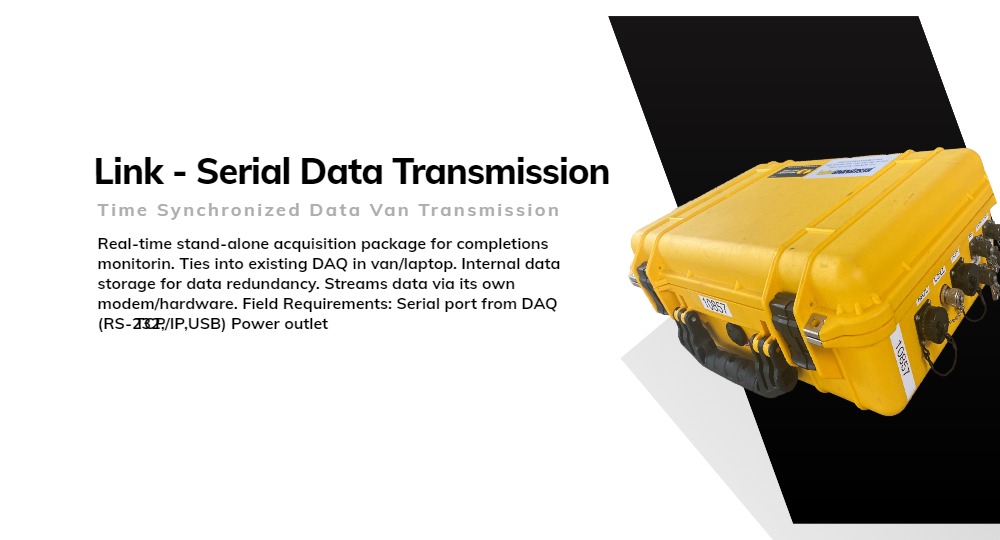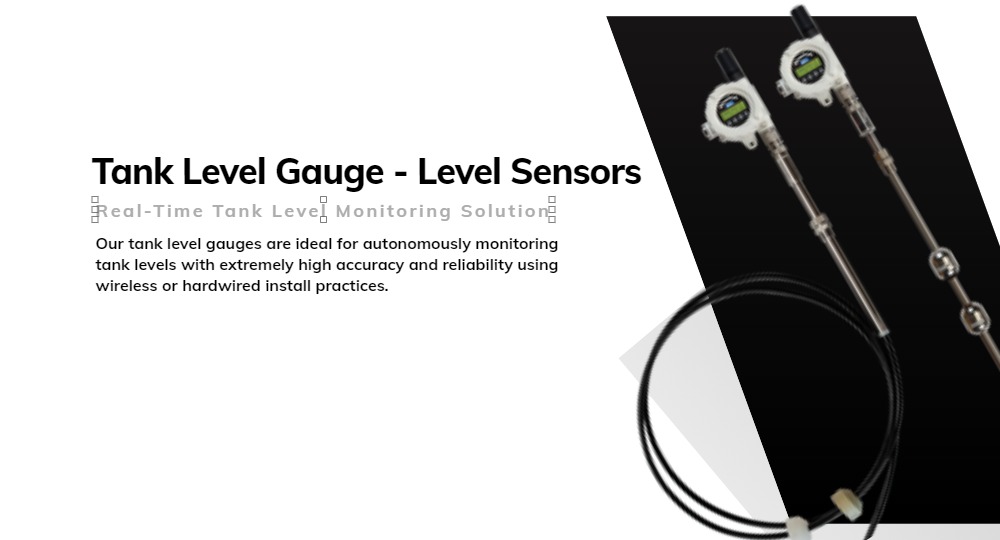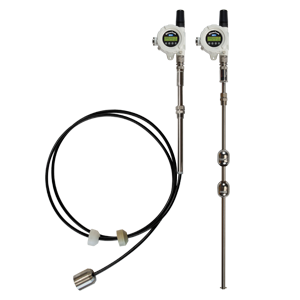DFITs/RFITs
To aide in the planning of efficient well stimulation, DFITs have become standard practice. During the test, a solution is pumped with the intention of fracturing the formation but is stopped as soon as breaking occurs. Conducting DFITs to determine reservoir pressure, permeability, fracture gradients, and fracture closure pressure can maximize savings on frac designs.
Features & Benefits
- Reduce time and cost by 50% on average by having access to real-time data
- Synchronized turbine flow meter and pressure data
- Text and email alerts keep you aware of your operations
- Evaluate depletion and anticipate frac communication
- High resolution, high accuracy data
DFITs/RFITs Tools:
<- Use Keyboard Arrows to Navigate Slider ->
DFIT Related Blog Post:
Frac Interference
In a time where it is not uncommon to see several wells drilled on a single pad, monitoring your offset wells for interference is more important than ever. Using EBOT’s paired with the Fastrack communication system to record and stream pressures of clustered wells that are offset to a well being fractured can reveal inter-well pressure interference/communication in certain zones and can lead to corrective measures to optimize well spacing and maximize production.
Features & Benefits
- Monitor and/or protect offset wells during pressure pumping
- Perfectly time-synchronized data regardless of well location
- Evaluate well spacing and frac designs
- Understand where your fracture is going
- High resolution, high accuracy, one-second data
- Perfect solution for SWPN, Reveal, FDI, and other frac analysis/diagnostics
Frac Interference Tools:
<- Use Keyboard Arrows to Navigate Slider ->
Frac Interference Related Posts:
Fluid Levels
On occasion, customers will come across a well that is underperforming due to the loading of a liquid column. In gas wells, the ABOT system is used by our skilled technicians to first identify the severity of liquid loading, allowing customers to quickly plan a course of remediation, and then to monitor the progress of the recourse. In oil wells, understanding liquid levels can help customers determine a well’s producing rate efficiency and maximum production potential.
Features & Benefits
- Options for manual or automated shots for continuous testing
- Estimate bottom-hole pressure calculations by pairing fluid shots with surface pressure
- Locate scale, paraffin, and other common blockages
Fluid Levels Tools:
<- Use Keyboard Arrows to Navigate Slider ->
Fluid Levels Related Blog Post:
Frac Van Monitoring
To aide in the planning of efficient well stimulation, DFITs have become standard practice. During the test, a solution is pumped with the intention of fracturing the formation but is stopped as soon as breaking occurs. Conducting DFITs to determine reservoir pressure, permeability, fracture gradients, and fracture closure pressure can maximize savings on frac designs.
Features & Benefits
- Time-synchronized offset well pressures for interference monitoring
- Access all desired treatment channels in real-time
- Unbiased, third-party raw data
- Perfectly time-synced data across frac, wireline, and pump down operations
- REST API streams data directly to your database
- Custom text/email alerts for field and office personnel
- Independent, stand-alone telemetry system for robust connectivity
Frac Van Monitoring Tools:
<- Use Keyboard Arrows to Navigate Slider ->
Frac Van Related Blog Post:
Shut-In/PTA
To aide in the planning of efficient well stimulation, DFITs have become standard practice. During the test, a solution is pumped with the intention of fracturing the formation but is stopped as soon as breaking occurs. Conducting DFITs to determine reservoir pressure, permeability, fracture gradients, and fracture closure pressure can maximize savings on frac designs.
Features & Benefits
- Determine reservoir pressure, formation damage/skin, inter-well communication among other reservoir perimeters
- High accuracy, high temperature, high pressure down-hole data
- Deployed via side/pocket mandrel, X/XN/Nipple, gas-lift valve, and/or below a plug.
.
Shut-In/PTA Tools:
<- Use Keyboard Arrows to Navigate Slider ->
Shut-In/PTA Related Blog Post:
Tank Level Monitoring
To aide in the planning of efficient well stimulation, DFITs have become standard practice. During the test, a solution is pumped with the intention of fracturing the formation but is stopped as soon as breaking occurs. Conducting DFITs to determine reservoir pressure, permeability, fracture gradients, and fracture closure pressure can maximize savings on frac designs.
Features & Benefits
- Access your tank level data 24/7 on any device
- Acquire tank levels without strapping – reduce methane emissions
- Stay connected with real-time alerts
- Optimize pumper and trucking routes
Tank Level Monitoring Tools:
<- Use Keyboard Arrows to Navigate Slider ->
Tank Level Monitoring Related Blog Post:
Pipeline Survey
To aide in the planning of efficient well stimulation, DFITs have become standard practice. During the test, a solution is pumped with the intention of fracturing the formation but is stopped as soon as breaking occurs. Conducting DFITs to determine reservoir pressure, permeability, fracture gradients, and fracture closure pressure can maximize savings on frac designs.
Features & Benefits
- Customers see an average of 50% time & cost reduction by utilizing real-time data
- AVID portal allows for customizable downloads
- Inline flowmeter synchronized with pressure
- Text and email alerts keep you aware of your operations
- Evaluate depletion
- High frequency (1second or less)
Pipeline Survey Tools:
<- Use Keyboard Arrows to Navigate Slider ->
Pipeline Survey Related Blog Post:
Completion Shots
To aide in the planning of efficient well stimulation, DFITs have become standard practice. During the test, a solution is pumped with the intention of fracturing the formation but is stopped as soon as breaking occurs. Conducting DFITs to determine reservoir pressure, permeability, fracture gradients, and fracture closure pressure can maximize savings on frac designs.
Features & Benefits
- Options for manual or automated shots for continuous testing
- Estimate bottom-hole pressure calculations by pairing fluid shots with surface pressure
- Locate scale, paraffin, and other common blockages
Completion Shots Tools:
<- Use Keyboard Arrows to Navigate Slider ->
Completion Shots Related Blog Post:
Custom
We have the potential to monitor nearly any application and provide you with real-time high resolution/high-quality data. Let us know what your needs are and we will make it happen.




















Real-Time DFIT Data – A Case Study
Several months ago, Reservoir Data Systems was called upon by a notable client to provide real-time solutions on a large-scale data project. The client allocated an annual budget of $500k for the project, with the hopes of capturing DFITs on 50 wells ($10k being the average expected cost per gauge rental per test). Using memory […]
SPE DFIT Conference Takeaways
Two weeks ago, Reservoir Data Systems sponsored a DFIT Processes and Applications SPE Workshop in Houston and it was a huge success! Over 90 industry experts, experienced engineers, and distinguished academics came together to share best practices and provide valuable insights. Before the workshop, I spoke to various reservoir and completion engineers from different […]
Decrease Costs and Downtime with Real-Time DFIT Data
Have you ever found yourself sitting in your office wondering how the DFIT you pumped last week was going on your well a thousand miles away? How do you check it? How do you know where you’re at in your test? In the year 2015, we still rely on simple surface and downhole pressure memory gauges […]